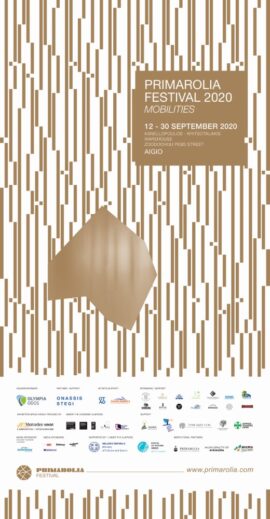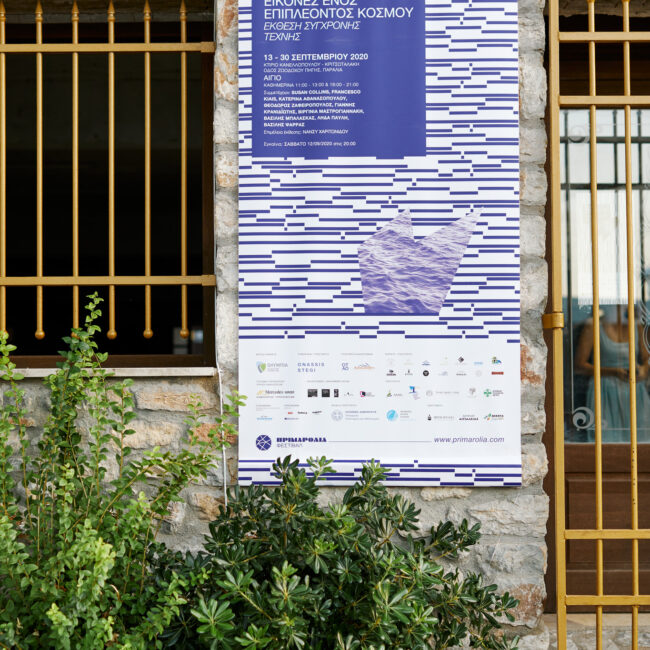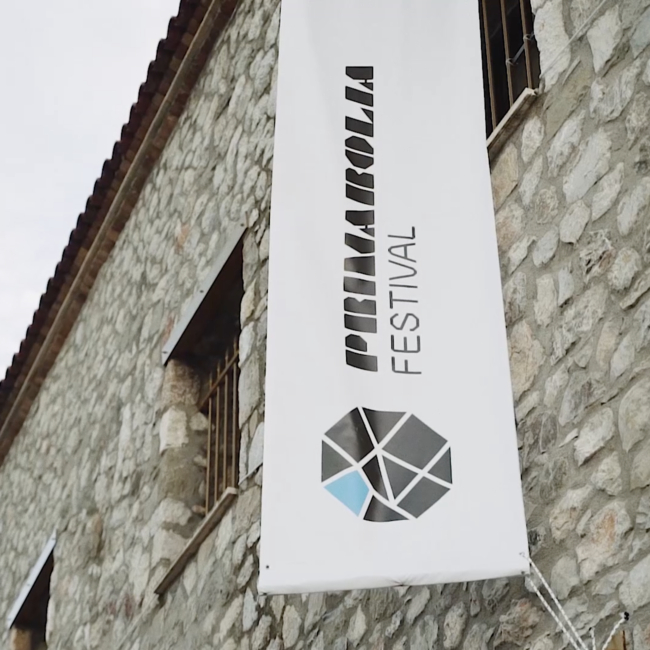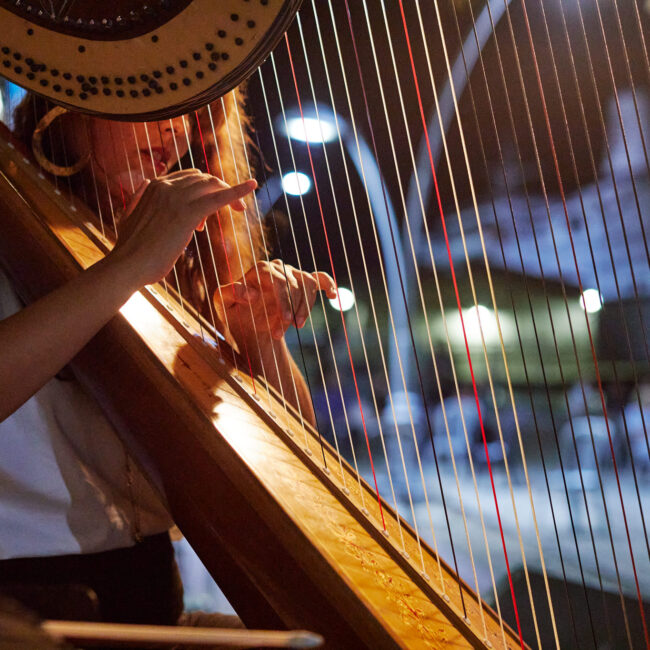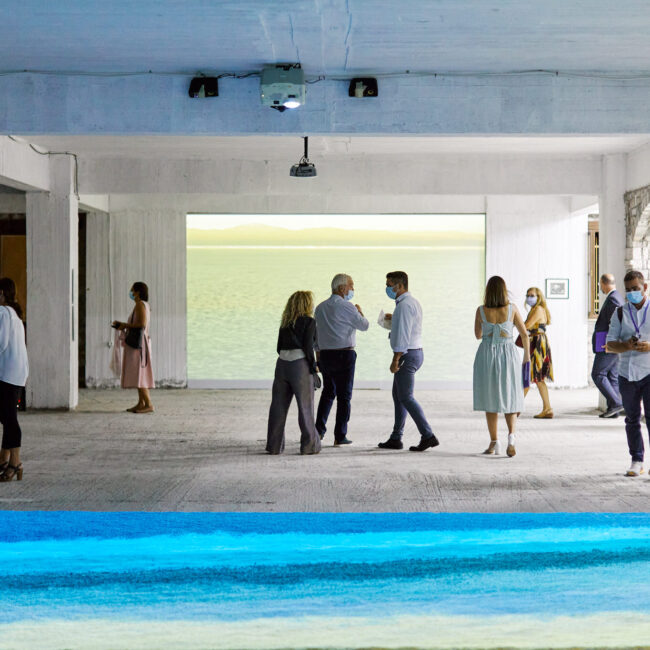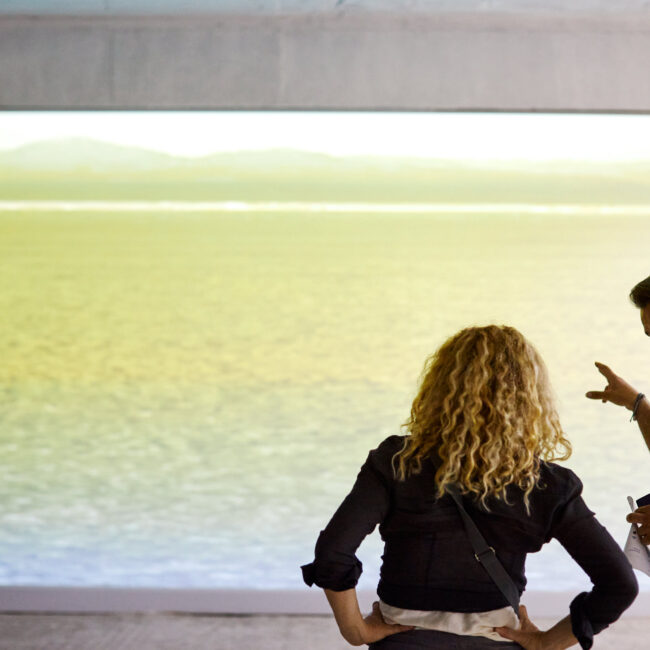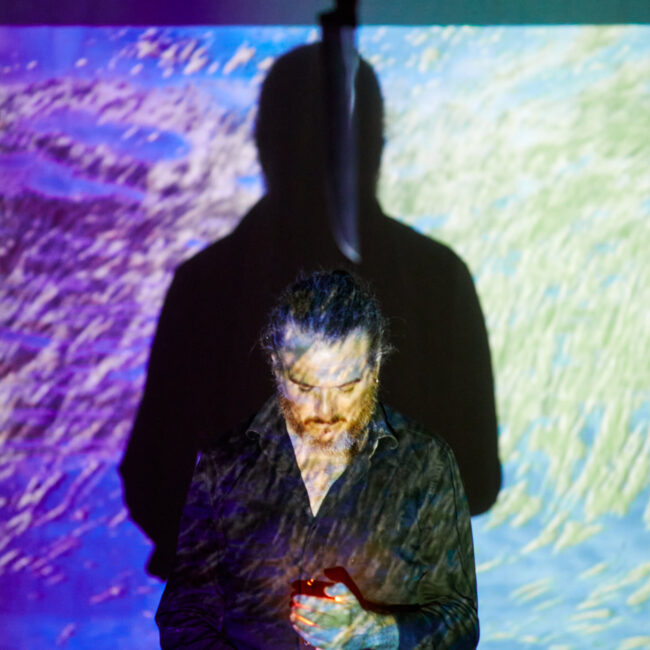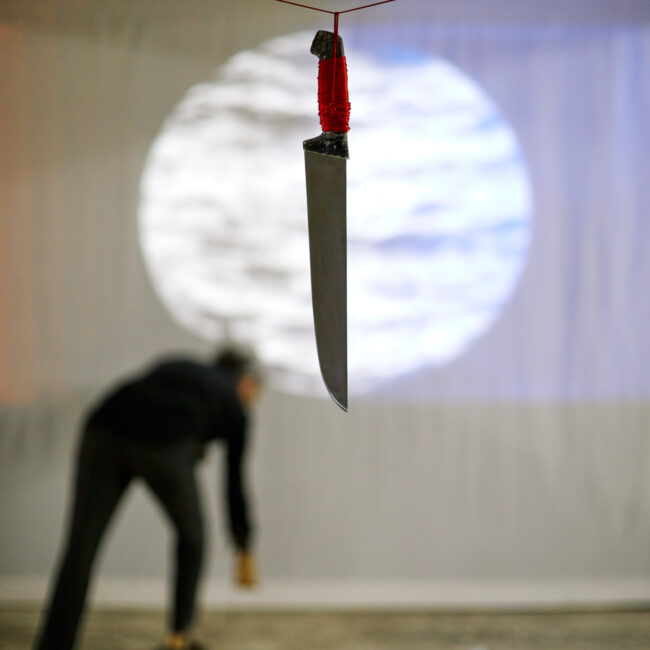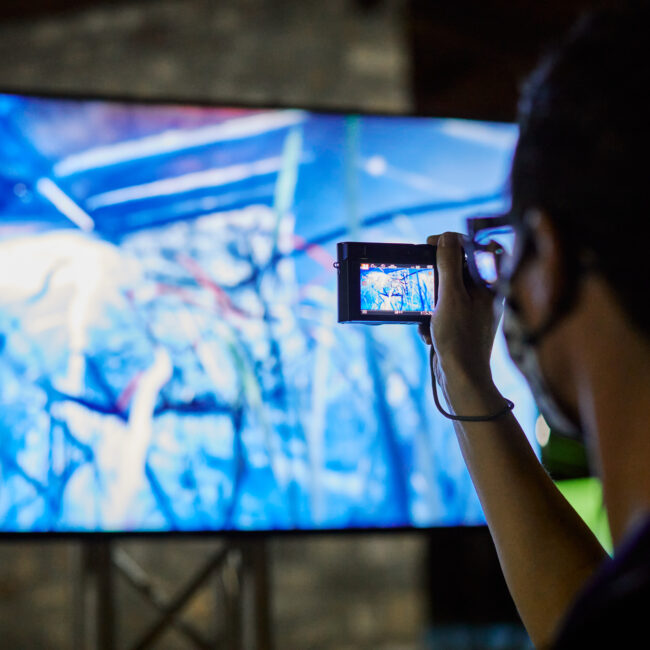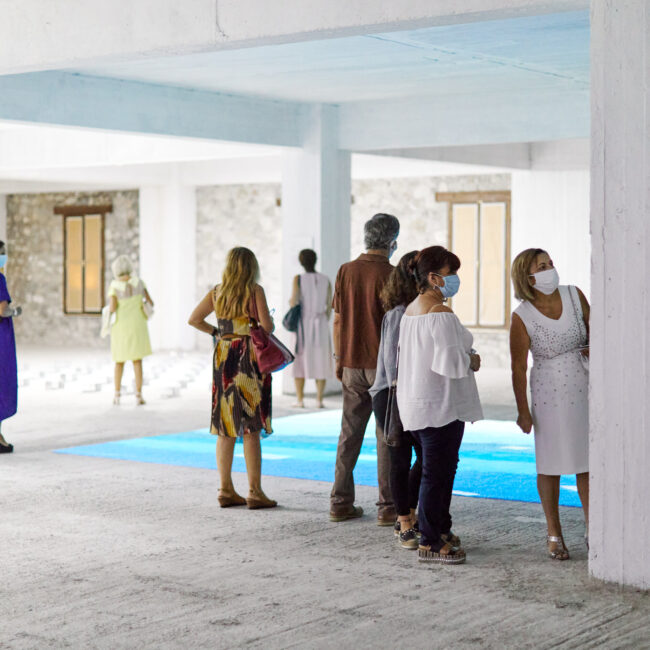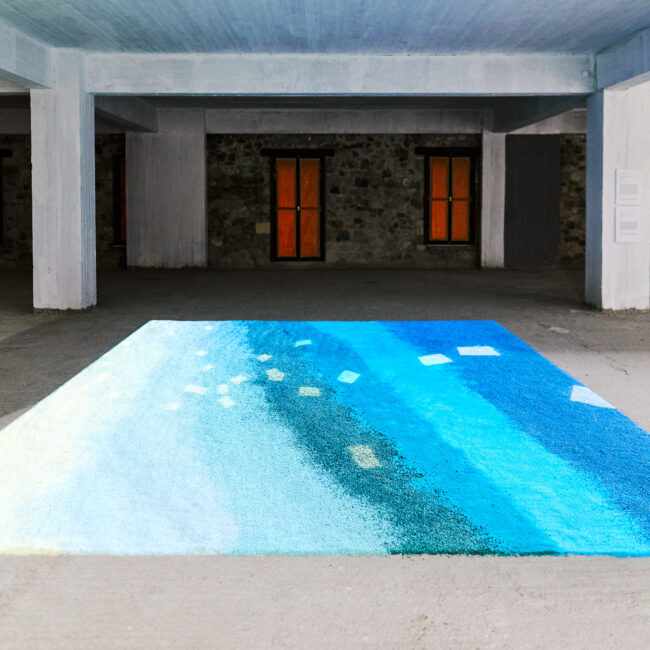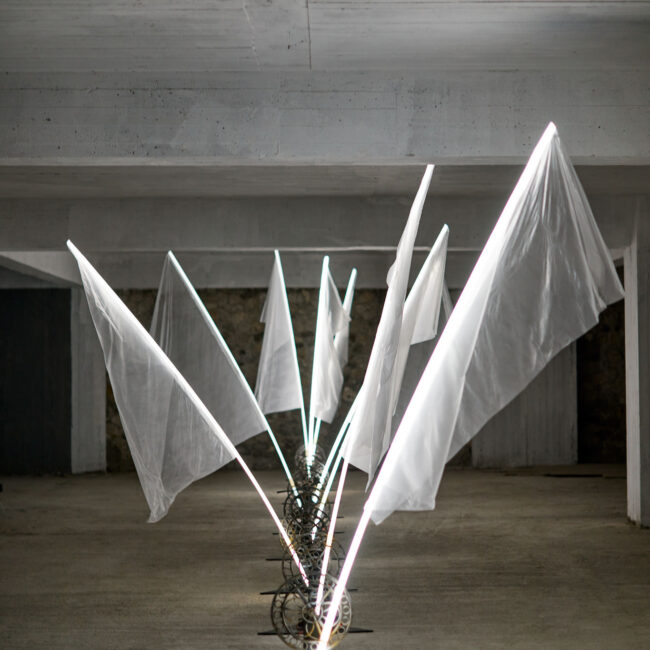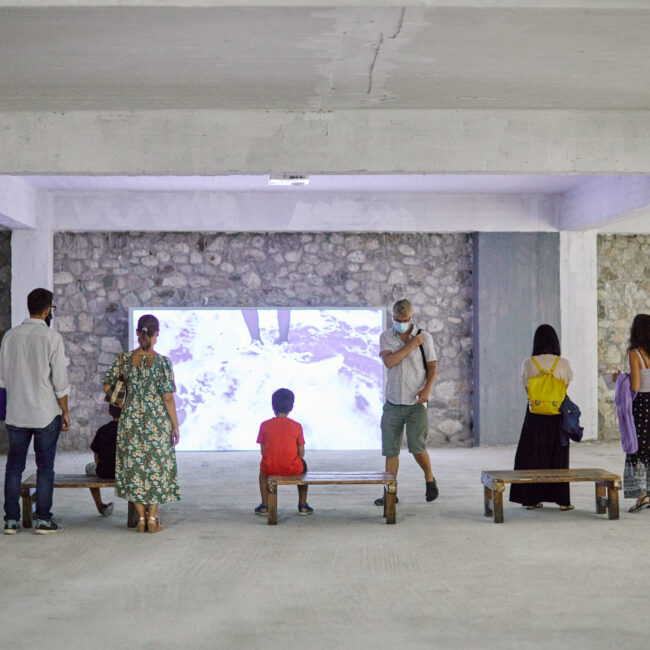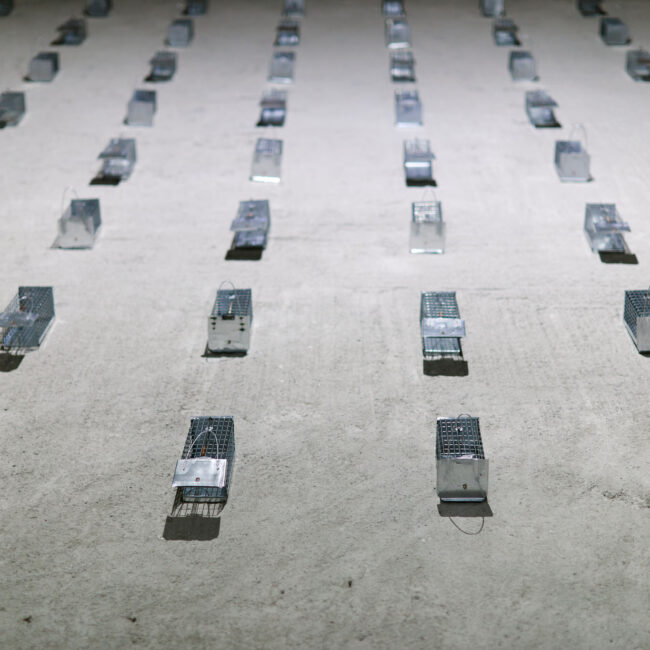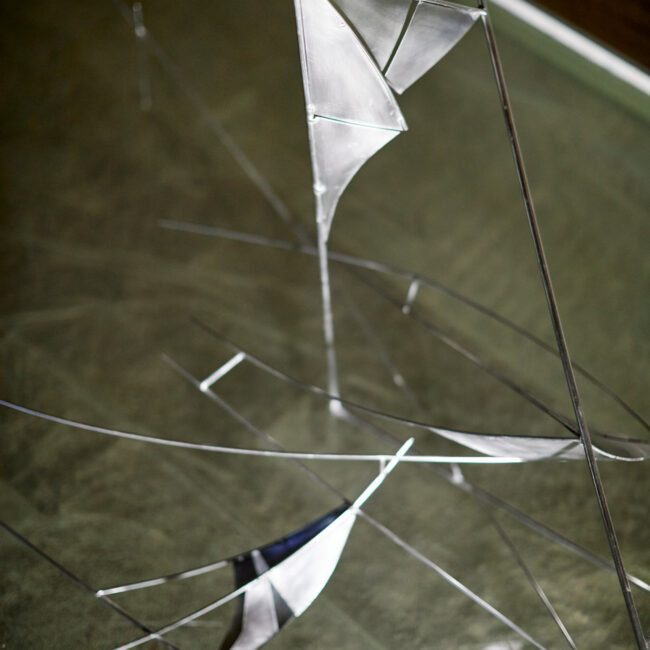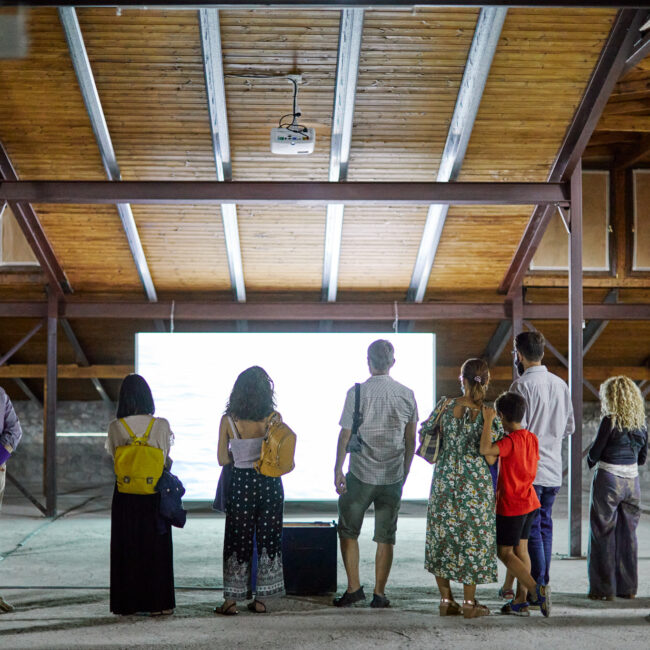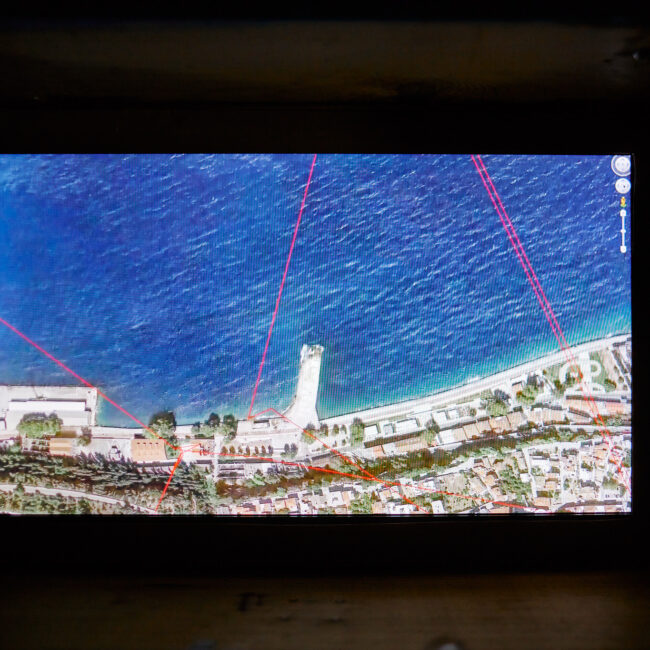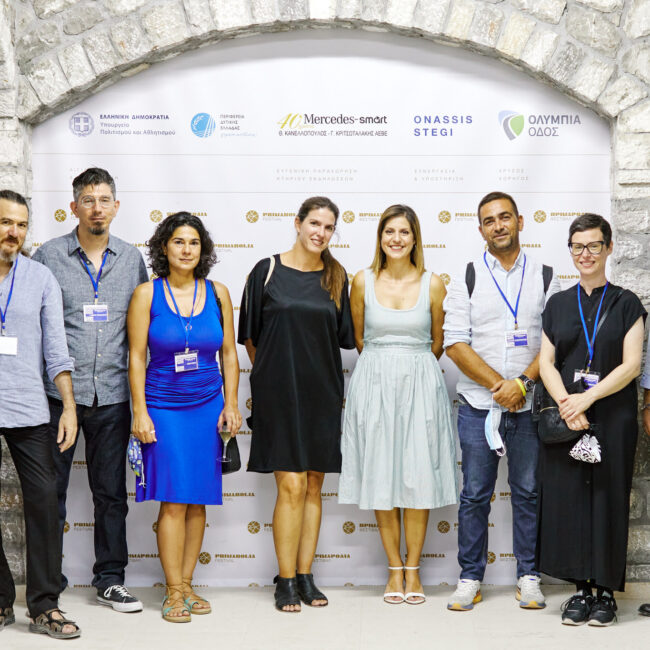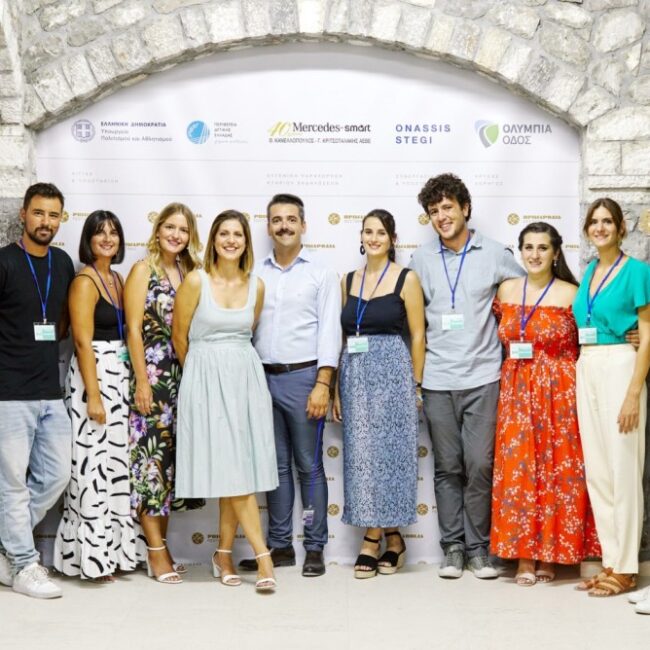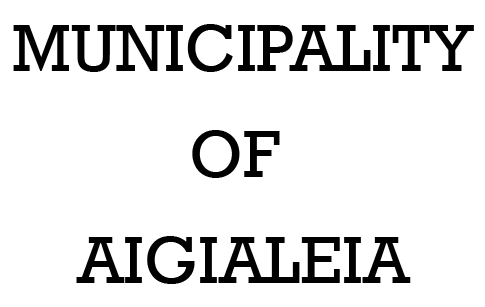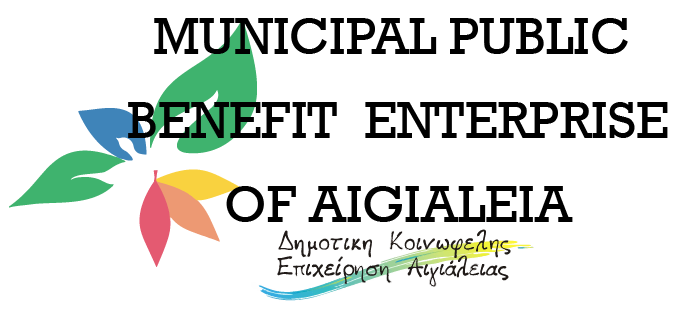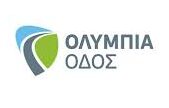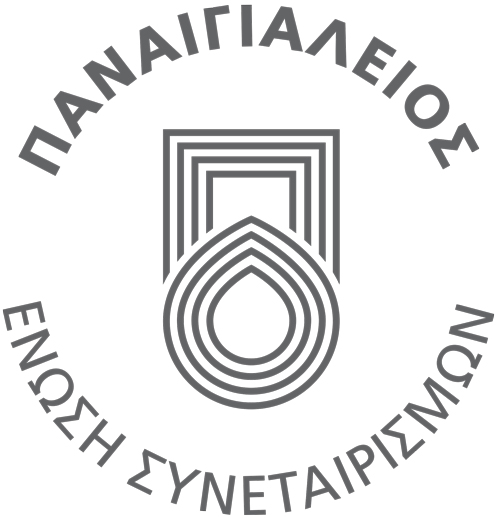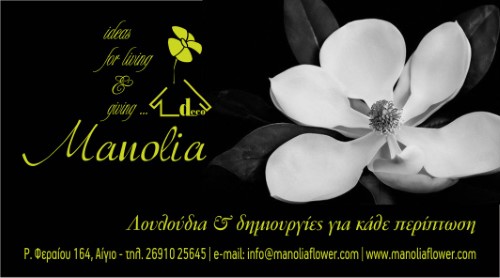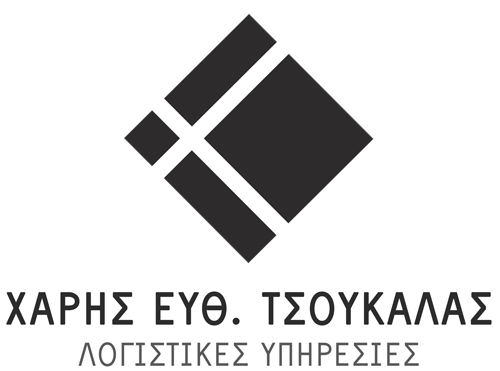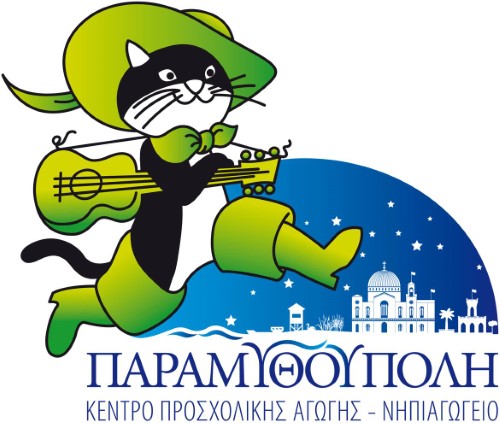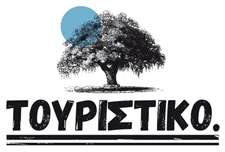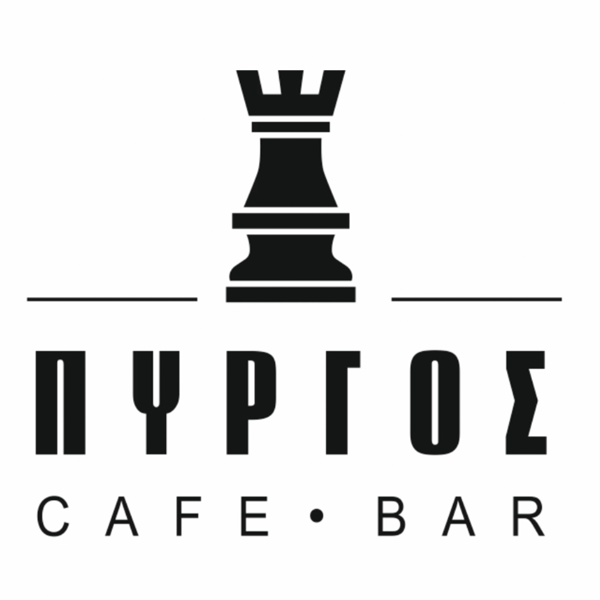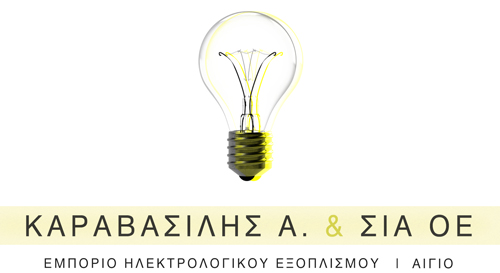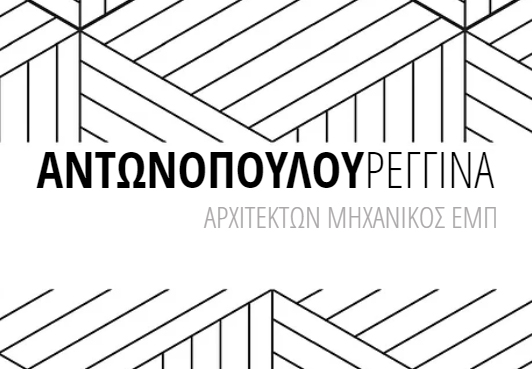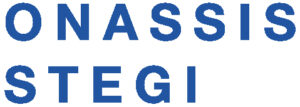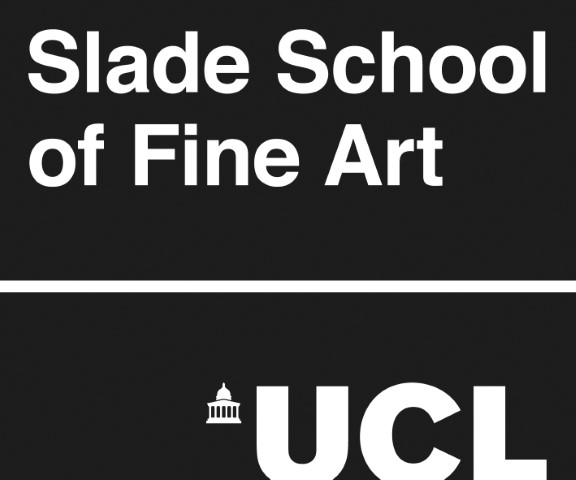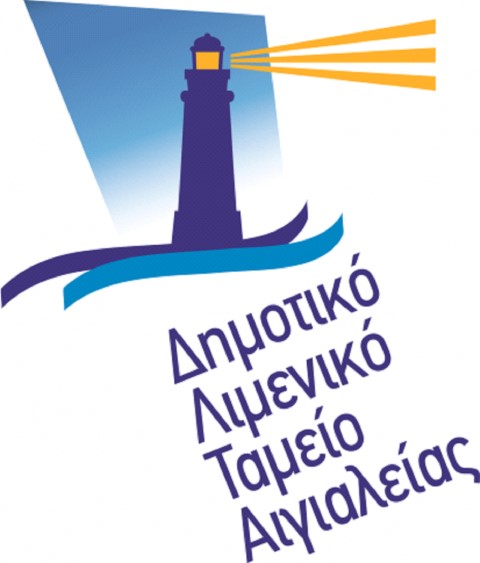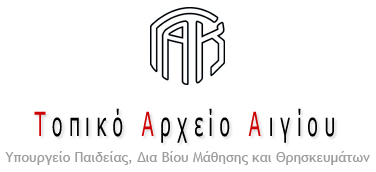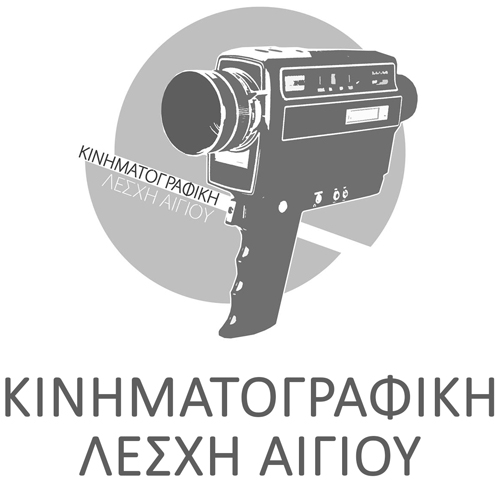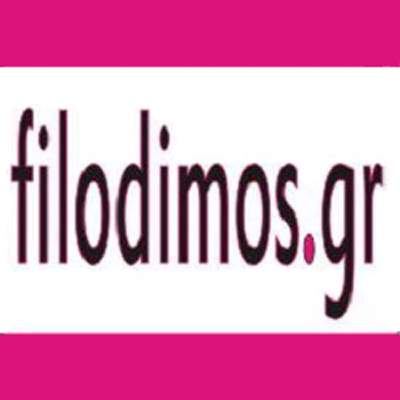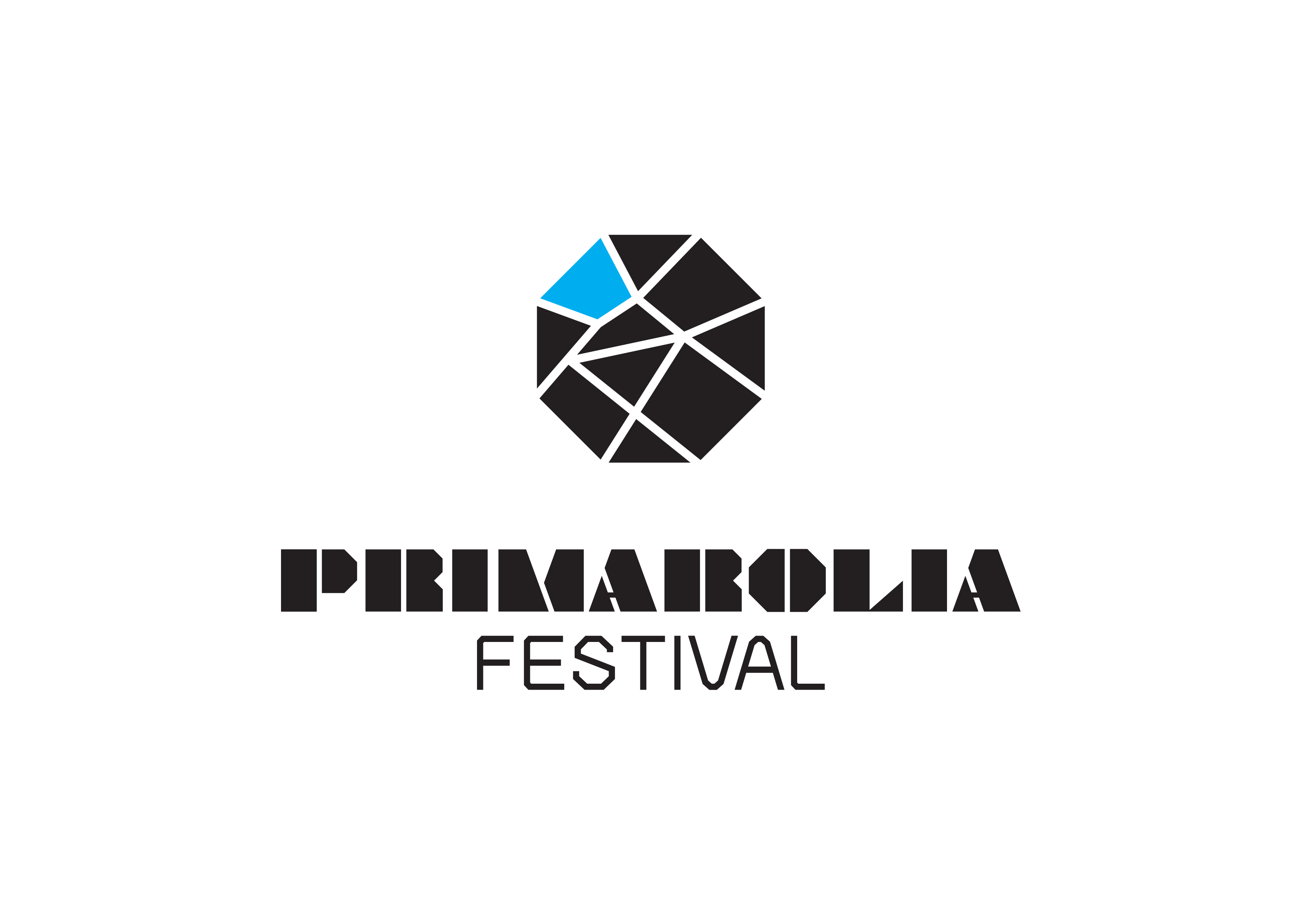This precious characteristic of Aigio and the wider region of Aigialeia was and still remains the starting poing for trading, local economy and culture. During Primarolia festival 2020, a series of artistic, cultural and educational events inspired by its theme took place, with the main event being the contemporary art exhibition “Images of a floating world” in which artists from Greece, Great Britain and Italy participated.
The theme Mobilities was very important since the outbreak of the CoVID-19 pandemic, commenting on both historical (19th century and currant routes) and on contemporary context (mobility of ideas, technologies, viruses and migration flows). Raising the standards, we aimed at the triptych contemporary art – extroversion – oral history. More specifically the festival was based on a series of Apoplous (Departure) – in the sense of trying to highlight and create new paths and sights in the second decade of the 21st century. The starting point; the cultural, historical and nutriotional implications of a valuable fruit – the motivation; the artistic, academic and developmental paths of Primarolia organisation – the profile; extroverted, inter-artistic, interdisciplinary and everlasting (global; aiming to create cooperations internationally ispired by the local).
Contemporary art exhibition
The theme of the 2nd Primarolia festival is the concept of mobility (κινητικότητα in Greek) as the name of the city Aigio comes from the Homeric verb “aisso” which means “I set in motion, I move rapidly“, describing the city’s position next to a constantly moving sea, or as the moving of active tectonic plates due to earthquakes. The concept of mobility is inherent in Aigio, as the city built paths through water with domestic and international ports due to the timeless commercial, nutriotional, historical, social and cultural value of the Corinthian currant. The exhibition was therefore focused on mobility entitled “Images of a floating world”, ispired by the Japanese term “Ukiyo-e”. At the same time, the Corinthian currant’s voyages were established in the international ports, artsworks by emblematic Japanese artists – like Hokusai – were arriving at the same ports, deeply influencing the work of European artists.
Nine contemporary audiovisual artists from Greece, Great Britain and italy participated at the exhibition. In alphabetical order; Sucan Collins, Francesco Kiais, Katerina Athanasopoulou, Theodoros Zafeiropoulos, Yiannis Kranidiotis, Virginia Mastrogiannaki, Bill Balaskas, Leda Pavli, Bill Psarras. During the exhibition the artists presented a series of new commisioned works of art that emerged from their communication with the region of Aigio. The artworks – digital art, interactive sculptures, performance art, installations and artistic films/video art – deal with the concepts of collective memory, water, travelling and fruitfulness through an interdisciplinary and inter-artistic prism. The exhibition is site-specific as it develops in the former currant warehouse of “Kanellopoulos-Kritsotalakis”, one of the oldest warehouses in the city, which was a milestone in its industrial history and cultural development. The building was built in 1900 as a currant warehouse, the office and house of a great currant trader, while in 1985 was a place of inspiration for Theo Angelopoulos for his movie “The Beekeeper” as Cine Pantheon.
Along with the exhibition was presented a series of events related to contemporary culture, educational programs and speeches regarding the Corinthian currant as an element of cultural heritage and collective memory for the entire Peloponnese, in collaboration with the Hellenic Open Univeristy and the Library of the Hellenic Parliament.
Artists on board και fluid postmodernities
Primarolia organisation turned its attention to quality and art-based research ogranisations in order to outline its own keywords. Thus, the collaboration of Primarolia with the Onassis Foundation STEGI was inaugurated, by presenting a children’s theatrical performance and a dance workshop. The theatrical performance “Mam Mam, a magical dinner” and the workshop “Body and object” took place at the Primarolia festival 2020 with the support of the Onassis Foundation “Extroversion” program, conceived and choreographed by Panagiota Kallimani.
At the same time, there was a series of events whose central concept was the meetings, the exchange of ideas and opinions on the artistic act of the creators, potential collaborations, research and scientific dimension of the artistic creation, archives and collective memory. Besides the nine artists from Greece. Great Britain and Italy, invited were Irini Papakonstaninou (Art historian – Museologist – Curator of MOMus) and Ilias Chatzichristodoulou (Founder, Artistic Director Athens Digital Arts Festival).
Oral history, identity and UNESCO
2020 is a milestone year for another new project entitled “Oral History”. Primarolia organisation established its collaboration with the Hellenic Open University – Postgraduate Program “Public History” and the Oral History Association with the aim of creating Oral History Groups to record the oral hisotry of the Corinthian currant in the areas of production and cultivation and the creation of a public repository. In the two-day forum that took place on 25-26 of September 2020, attented Haris Athanasiades (Director of the postgraduate program “Public History” at the Hellenic Open University), Riki Van Buschoten (President of the Oral History Association and professor of Social Anthropology at IAKA – University of Thessaly) and Dimitra Lambropoulou (Historian, Assistant professor at National and Kapodistrian University of Athens).
At the beginning of 2021, the first Oral History Group for the Corinthian currant (OPI-MAS) was created, as well as, the development of a digital repository began.


